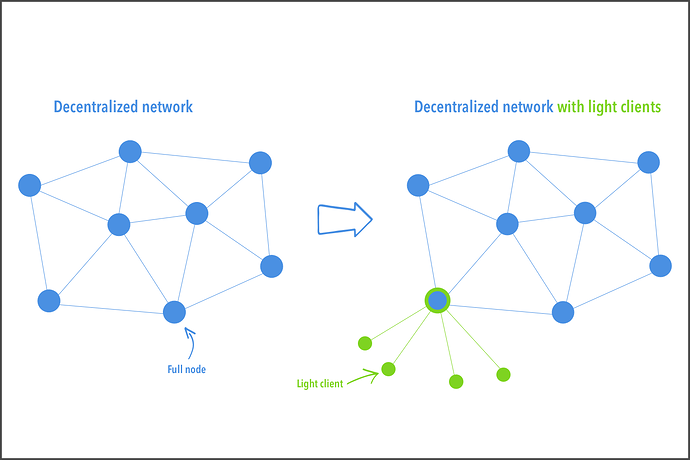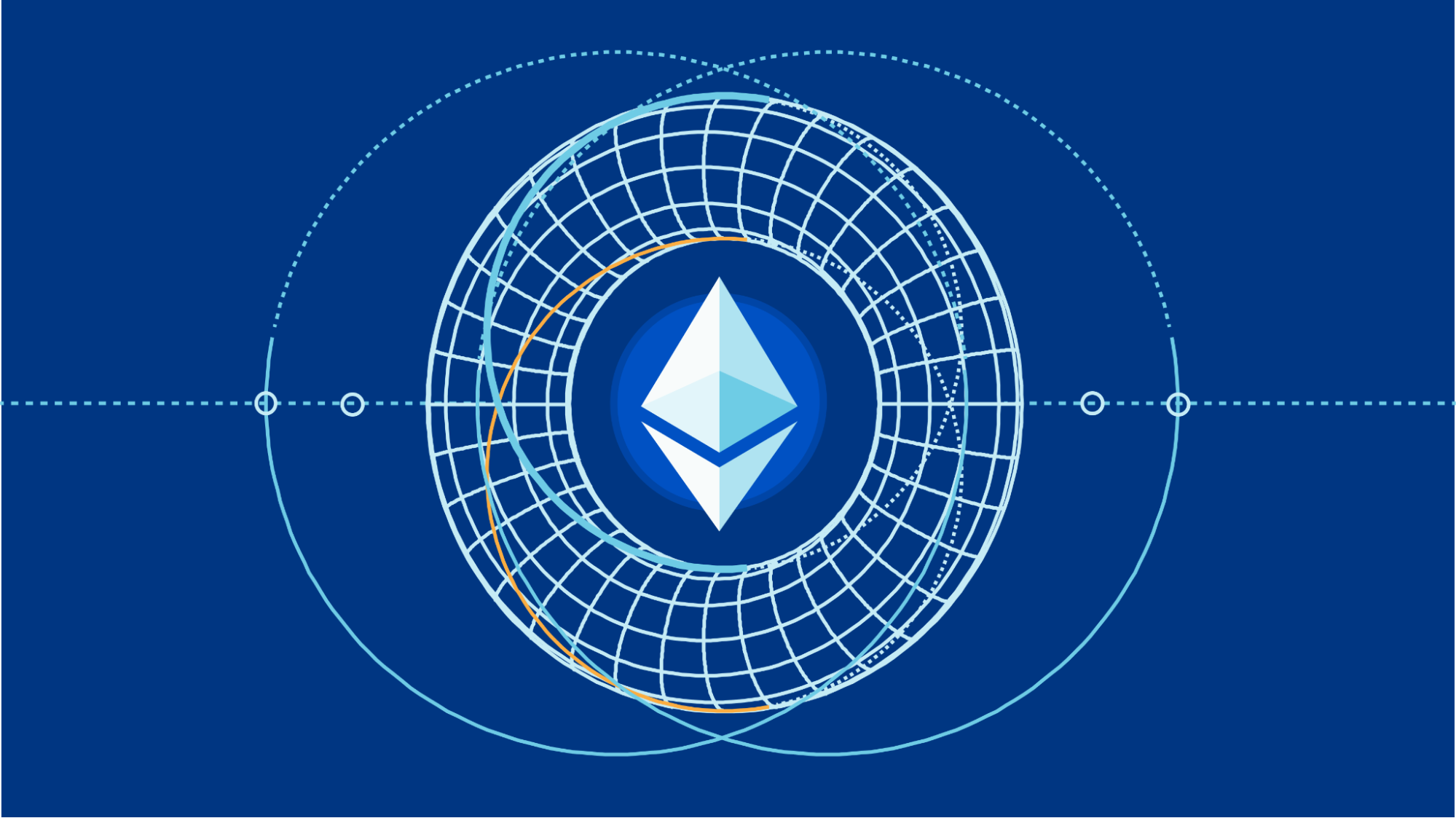Ethereum, the second-largest cryptocurrency by market capitalization, operates on a decentralized network maintained by a multitude of participants known as nodes. These nodes play a crucial role in ensuring the network’s security, reliability, and functionality. In this comprehensive guide, we’ll delve into the world of Ethereum nodes, exploring their types, functions, and significance within the blockchain ecosystem.
Ethereum nodes form the backbone of the network, enabling it to function seamlessly and securely. Each node stores a copy of the entire blockchain and validates transactions and smart contracts in real-time. By participating in consensus mechanisms, nodes contribute to maintaining the integrity of the network.
Ethereum nodes are individual computers or servers that run Ethereum’s blockchain software. They form a network of decentralized participants, ensuring that the blockchain remains secure, transparent, and tamper-proof. Nodes communicate with each other to validate transactions and maintain a consistent copy of the blockchain.
Types of Ethereum Nodes

Full Nodes
Full nodes are the backbone of the Ethereum network. They download and store the entire blockchain, verifying every transaction and smart contract. Full nodes contribute to decentralization by independently validating transactions, which enhances the security and censorship-resistance of the network.
Archival Nodes
Archival nodes go beyond full nodes by not only storing the blockchain’s current state but also maintaining historical data. This extensive data storage allows developers and researchers to access historical transactions and states, which is essential for audits, analysis, and dApp development.
Light Nodes
Light nodes, also known as “Simplified Payment Verification” (SPV) nodes, are designed for resource-constrained devices such as smartphones. Unlike full nodes, they don’t store the entire blockchain but instead rely on full nodes for transaction verification. Light nodes are suitable for users who prioritize efficiency and space savings.
Node Functions and Responsibilities
Transaction Validation
Nodes validate transactions by checking their authenticity and ensuring they adhere to the network’s rules. This process involves verifying digital signatures and confirming that the sender has sufficient funds to perform the transaction.
Smart Contract Execution
Smart contracts are self-executing contracts with code that automatically executes predefined actions when certain conditions are met. Nodes execute smart contracts by processing transactions and updating the contract’s state accordingly.
Block Propagation
Nodes play a critical role in propagating new blocks across the network. When a new block is mined or added to the blockchain, nodes distribute it to ensure that all participants have the latest version of the blockchain.
Setting Up Your Own Ethereum Node

Hardware and Software Requirements
Before setting up a node, ensure that your hardware meets the specifications required for the type of node you intend to run. Full nodes and archival nodes require more storage space and processing power compared to light nodes.
Syncing with the Ethereum Blockchain
Syncing involves downloading and updating the blockchain’s data on your node. Depending on the type of node, this process can take time, especially for full nodes and archival nodes. It’s crucial to stay patient and let the sync process complete.
Security Considerations
Securing your Ethereum node is essential to prevent unauthorized access and potential attacks. Use firewalls, keep your software up to date, and consider using hardware wallets for added security when dealing with cryptocurrencies.
Node Health and Maintenance
Monitoring Tools
Various tools and software can help you monitor the health and performance of your node. These tools provide insights into network connectivity, synchronization status, and resource utilization.
Regular Updates
Keeping your Ethereum node’s software up to date is crucial for maintaining compatibility with the network and benefiting from security patches and performance improvements.
Dealing with Common Issues
Nodes may encounter issues such as synchronization failures or connectivity problems. Troubleshooting guides and online communities can provide assistance in resolving these issues effectively.




Leave a Reply